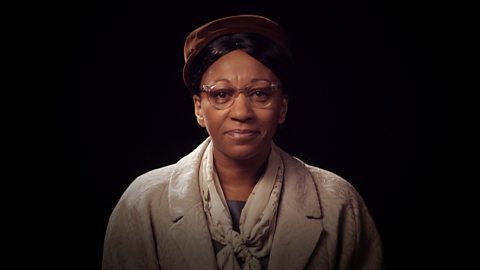Video summary
Thomas Barnardo tells the story of his life, descibing the events that led to him setting up schools and homes for London's street children.
The story is told in the first person, and brought to life with a mix of drama, movement, music and animation.
When he discovers the reality of life in London's slums, Barnardo sets up a free school for children: The Ragged School.
However, when he learns that many of the children he teaches have no home at all, he creates the first of many shelters for homeless boys.
One night, with all the beds filled, he turns a child away.
The next day he sees the very same boy frozen to death.
He makes a vow to never again turn a homeless child away, and spends the rest of his life dedicated to doing all he can to help London's poor.
This clip is from then series True Stories.
Teacher Notes
Questions to consider whilst watching the film
Depending on the focus of your lesson, you may wish to ask the following questions after the video or pause the short film at certain points to check for understanding.
- How would you describe Thomas Barnardo as a boy?
- In what ways did he change as an adult?
- How did Barnardo describe the conditions he saw on the streets of the East End of London?
- Why were the children on these streets not at school?
- Why did Barnardo find it hard at first to be a teacher at the ragged school?
- How did Jim Jarvis change the life of Thomas Barnardo?
- Why did Barnardo have the sign βNo destitute child ever refused admissionβ placed on his homes?
Learning activities to explore after the video
History is a subject which can lend itself to a wide range of cross-curricular links. As a teacher, you will have a greater awareness of how this topic may act as stimulus for learning in other subjects. However, the suggestions below relate solely to ways of developing the childrenβs historical knowledge and understanding.
Key Question: What difference did Thomas Barnardo make to the life of children?
Historical Enquiry
There are two aspects of Thomas Barnardoβs work which could be explored and each would require the pupils to develop their evidential skills, specifically studying visual sources. One topic would be ragged schools and the other, Barnardoβs homes for homeless children. If teachers had the time, both could be covered but if there is only time for one then ideally the latter would be chosen as that is why Barnardo is historically significant.
There were different types of school in Britain at the time and Thomas Barnardoβs ragged school was just one of many. This ΒιΆΉΤΌΕΔ Bitesize guide has more information about the range of Victorian schools. The National Archives website has a section called and this includes . This picture is full of detail and could form the main basis of a lesson. There is plenty of guidance about using visual images in the classroom. The and the provides approaches and activities which can be used with their images.
On the topic of Barnardoβs homes, there are fewer resources designed specifically for the primary classroom. However, there are weblinks to some of the resources in the Barnardo archive. ΒιΆΉΤΌΕΔ Newsround has the photographs of some of the first children to be taken into care by Barnardoβs. Most of the children have two photographs, one before their admission and another a number of years later. The contrast of some, like Herbert John Ransom, could be used as a whole class activity to make inferences about how Barnardoβs helped the children.
On the ΒιΆΉΤΌΕΔ Newsround site, there are five case studies and the class could be divided into groups to look at just one of these children before feeding back to their peers. The website, given its audience, has been selective about the information on each child and other websites like ΒιΆΉΤΌΕΔ News have more information, though some of this may be upsetting for children in your class. As a teacher, you will be best placed to gauge the level of detail to give to your class and that in turn will determine the tasks the pupils will be able to do. Your planning should take account of the needs and experiences of any looked-after children in your class. One focus could be the reasons why the child needed to be admitted and another what we know about what happened to them when they left the home. There may be other information, about their health and family, which could be studied depending on the facts the groups are given.
The key question can be answered at two levels. Firstly, from a purely historical perspective, about the Victorian children directly affected by Thomas Barnardo. However, it can also be explored by considering his contemporary significance through his very well known charity. Details of the current work of Barnardoβs is on their website. Again, as a teacher you will need to judge as to how much detail would be appropriate for your class.
Learning aims or objectives
England
From the history national curriculum
Pupils should:
- understand the methods of historical enquiry, including how evidence is used rigorously to make historical claims.
Northern Ireland
From the statutory requirements for Key Stage 2: The World Around Us
Teaching should provide opportunities for children as they move through Key Stages 1 and 2 to progress:
- from making first hand observations and collecting primary data to examining and collecting real data and samples from the world around them.
Links can be made with the other learning areas:
- by researching and expressing opinions and ideas about people and places in the world around us, past, present and future.
Scotland
From the Experiences and Outcomes for planning learning, teaching and assessment ofSecond Level Social Studies:
- I can use primary and secondary sources selectively to research events in the past.
Wales
From the new Humanities Area of Learning and Experience
School curriculum design for History should:
- develop historical β¦ source-based skills.
- develop rich content across the time periods, through which learners can develop an understanding of chronology through exploring β¦ the use of evidence.
Principles of progression
Descriptions of learning for Progression Step 2
Enquiry, exploration and investigation inspire curiosity about the world, its past, present and future:
- I have been curious and made suggestions for possible enquiries and have asked and responded to a range of questions during an enquiry.
- I have experienced a range of stimuli, and had opportunities to participate in enquiries, both collaboratively and with growing independence.
- I can collect and record information and data from given sourcesβ¦
Alexander Graham Bell. video
Alexander Graham Bell tells the story of his life and describes how he invented the telephone.

Florence Nightingale. video
Florence Nightingale tells the story of her life and how she grew up to become a nurse.
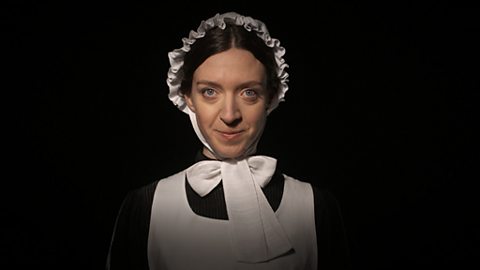
Harriet Tubman. video
Harriet Tubman explains how she escaped slavery and then helped others to do so.
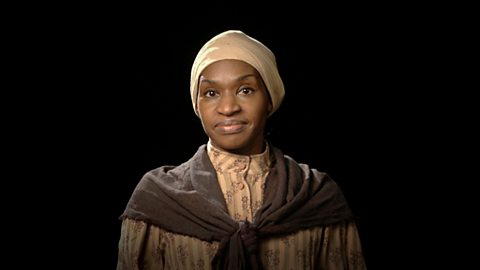
Isambard Kingdom Brunel. video
Isambard Kingdom Brunel shares how he became an engineer and tunnelled through Box Hill.
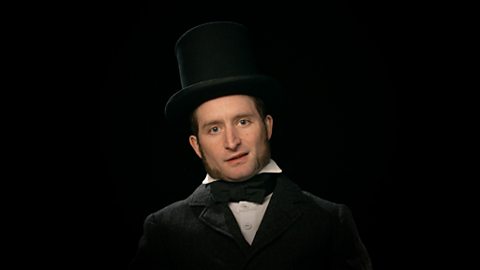
Mary Anning. video
Mary Anning describes how her astonishing fossil finds changed scientific thinking.

Edward Jenner. video
Edward Jenner tells the story of his life and the vaccination against smallpox.
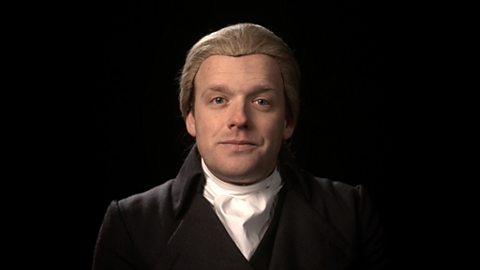
Elizabeth Fry. video
Elizabeth Fry describes how she reformed life for prisoners and their families in prison.
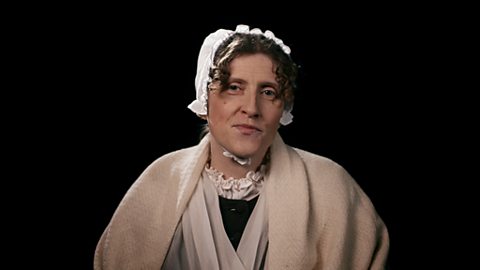
Grace Darling. video
Grace Darling describes the night she and her father rowed out in a boat to save sailors.
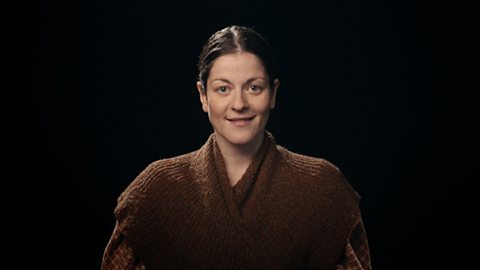
Rosa Parks. video
How Rosa Parks refusing to give up her seat changed the rules of American society.
